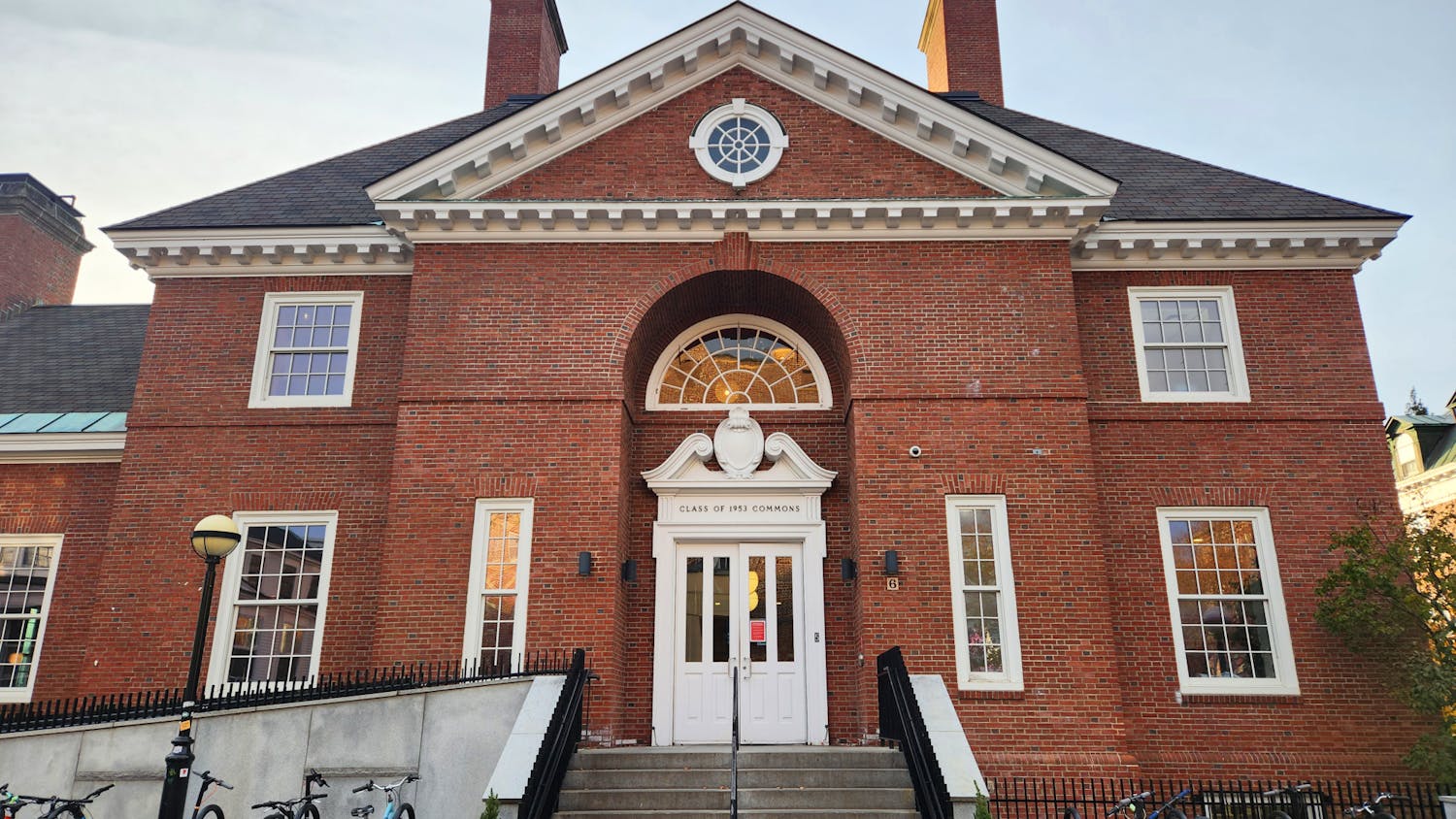Although Dartmouth and the University of Pennsylvania were the only two schools in the Ivy League to participate in the Green Power Partnership 2014-2015 College and University Green Power Challenge, the Ivy League comes in third out of about 39 participating conferences in terms of overall green power usage. This is largely due to Penn’s more than 200 million kilowatt-hours of green power, as compared to the College’s 7.3 million.
Director of the Green Power Partnership at the Environmental Protection Agency James Critchfield said that the focus of the national program is to work with organizations nationwide to reduce the environmental impact of their electricity purchases.
“College and universities are a significant portion of the program,” Critchfield said. “They are obviously very interested in sustainability issues with the climate.”
The American College and University Presidents’ Climate Commitment is a public effort to re-stabilize the earth’s climate by eliminating net greenhouse gas emissions from campus operations. Dartmouth is not yet a signatory.
“Seven hundred different college and university presidents have signed on to publicly [commit] to reduce the impact of their institutions, and buying green power is one of the options they have available,” Critchfield said. “[The] purchase of electricity is often one of the largest sources of an organization’s carbon footprint.”
He said that the EPA applauds Penn and Dartmouth for their leadership in the Ivy League.
“Penn has been for a long time the leading purchaser [of green power] amongst higher education,” Critchfield said. “Dartmouth is buying less, but that is not to be underestimated [when compared to other Ivies].”
Green power is produced using renewable energy from third-party providers, such as geothermal and solar, that reduce the carbon footprint.
The EPA’s green power partnership has about 133 higher education partners in the program, Critchfield said. To qualify as a partner, green power must represent at least 2-10 percent of an institution’s total electricity use. This is determined by an institution’s reporting to the EPA and the program.
Associate vice president of facilities operations and management Frank Roberts said that last year, Dartmouth went into a five-year green power contract. According to the EPA, the College currently uses 7.3 million kilowatt hours in green power, making up to 10 percent of its base electricity.
In 2008, then-College President James Wright strengthened Dartmouth’s environmental commitment by pledging to cut greenhouse gas emissions by at least 30 percent.
“We’ve been able to reduce our fossil fuel use by about 23 percent, which is about 1.6 million gallons, and in the meantime, the campus has grown by about a million square feet,” Roberts said. “The trustees have approved about $16 million to go toward energy conversation projects, and those dollars have been reinvested into the College.”
In spring 2014, the EPA designated Hanover as an EPA Green Power Partner Community to recognize the town’s initiative to reduce the risk of climate change. Hanover electricity use consists of 17 percent green power.
“The College is such a significant portion of the town, we thought it would be great to help them with their efforts,” Roberts said. “We believe in sustainability, we believe in conservation and renewable choices and this is to show our commitment.”
Roberts said he would like to see more investment in renewable energy in the future.
“I think we need to balance the operations needs of the college, the financial resources of the College and come up with a long-term sustainability strategy,” he said. “That usually takes place best in a diversified portfolio.”
Sustainability director Rosi Kerr ’97 said that she feels that the College is heading in the right direction in terms of taking more steps in to improve energy efficiency.
“Shifting our thinking to a longer-term horizon is a critical part of sustainability,” Kerr said, later adding that “I think we can do a lot more.”
She said that the sustainability office is currently working on a list of recommendations for reducing the College’s environmental impact. Kerr said, for instance, that shifting to cleaner fuels and setting sustainability goals around providing opportunities for hands-on learning would greatly benefit the campus and the community as a whole.
“We all love the Upper Valley,” Kerr said. “This is an investment for our community for the long term and an investment in the belief that a better world is possible.”



